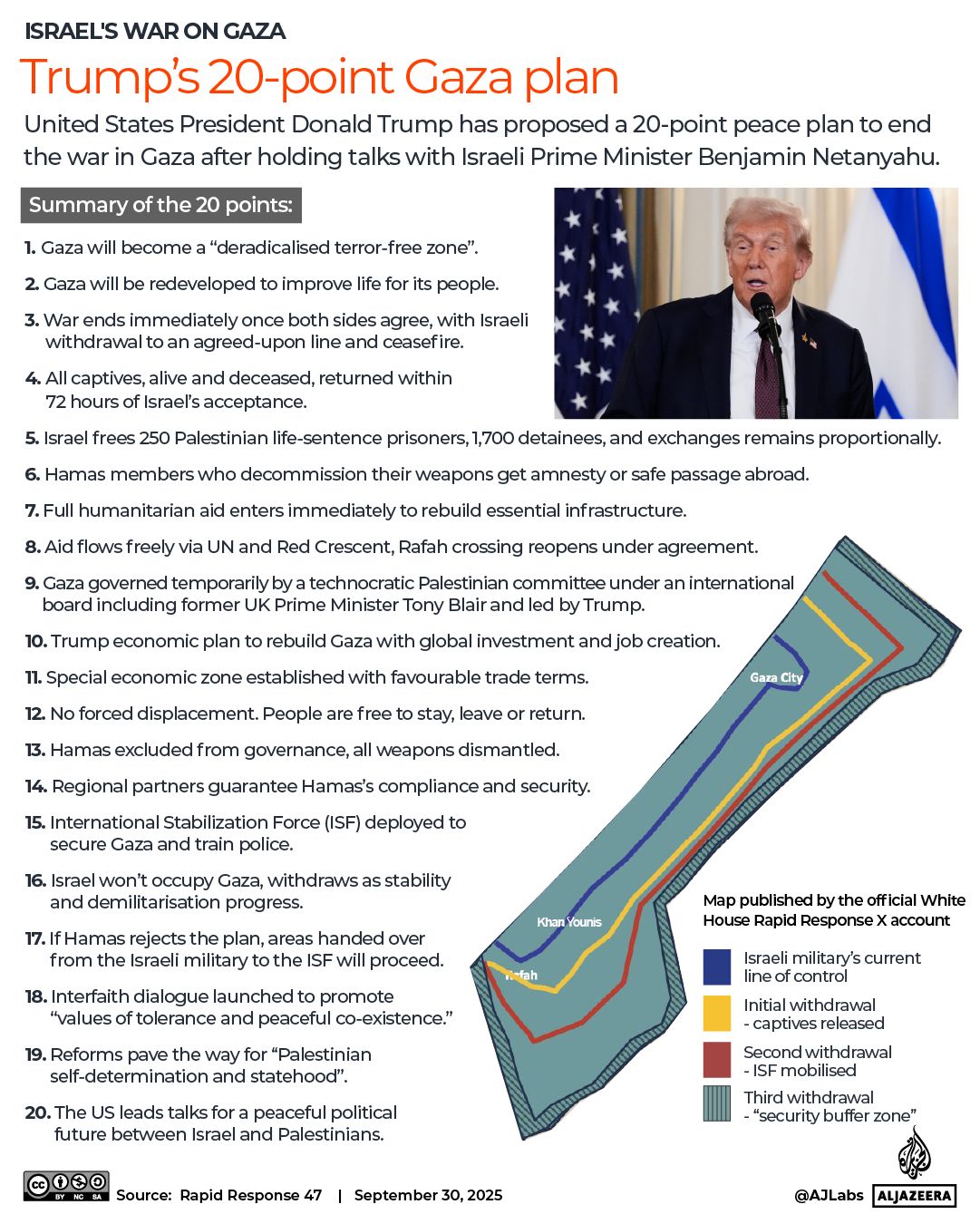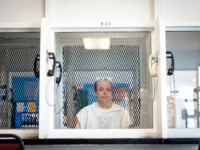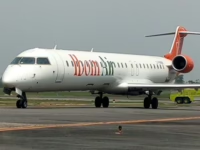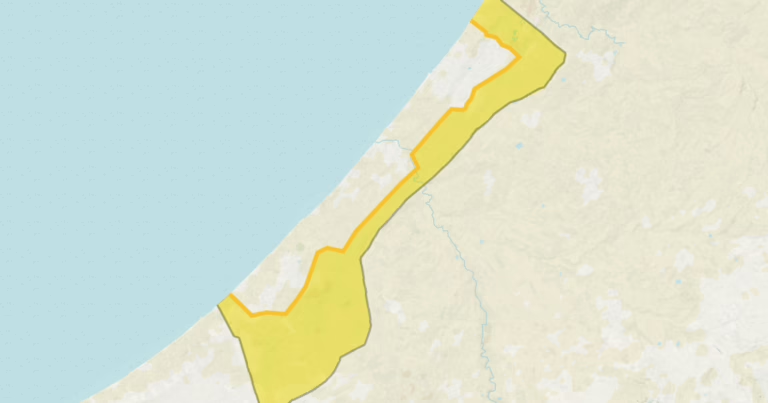EXPLAINER
During the initial stage of the ceasefire agreement, Israel will maintain control over nearly 60% of the Gaza Strip.
In the early hours of Wednesday in Gaza, U.S. President Donald Trump revealed that Hamas and Israel had reached consensus on the first step of his ceasefire and prisoner exchange proposal.
Trump shared on his Truth Social account: “ALL hostages will be freed very soon, and Israeli troops will pull back to a mutually agreed boundary.”
The “mutually agreed boundary” refers to a somewhat ambiguous map Trump released on October 4, highlighting an initial Israeli withdrawal zone in yellow, which his administration has since called the “yellow line.”
Following talks, Israel has accepted the initial withdrawal boundary, which we have presented to Hamas. Once Hamas confirms, the ceasefire will take effect IMMEDIATELY, the hostage and prisoner exchange will commence, and we will set the stage for the next phase… pic.twitter.com/0VfaMSOqQ1
– Trump Truth Social Posts On X (@TrumpTruthOnX) October 4, 2025
By the weekend, Hamas is anticipated to release approximately 20 living captives along with the remains of about 25 others, while Israel plans to free around 2,000 Palestinians held in its prisons. The precise arrangements are still being finalized.
Location of the initial withdrawal ‘yellow line’
Currently, Israel exerts control over more than 80% of Gaza’s 365 square kilometers (141 square miles), including areas under forced evacuation or designated as military zones by Israeli authorities.
Once the agreement is formalized, hostilities are expected to cease immediately, with Israeli forces retreating to the yellow-marked boundary.
Although the finalized map remains unpublished following discussions in Egypt, the October 4 version indicates that the territory inside the yellow line covers roughly 155 square kilometers (60 square miles). This leaves about 210 square kilometers (81 square miles), or 58% of Gaza, still under Israeli control, as confirmed by Al Jazeera’s Sanad team.
Significantly, Israeli troops will continue to occupy several formerly densely populated Palestinian neighborhoods, including:
- Beit Lahiya
- Beit Hanoon
- Sections of Gaza City’s Shujayea, Tuffah, and Zeitoun districts
- Over half of the Khan Younis governorate
- Almost the entirety of the Rafah governorate
Moreover, Israel will retain control over all entry and exit points in Gaza, including the Rafah crossing with Egypt.
Hundreds of thousands of Palestinians, displaced repeatedly over two years of conflict, yearn to return home, but the ongoing Israeli presence in these zones makes this unlikely in the foreseeable future.
Next steps in the ceasefire plan
The 20-point framework unveiled by Donald Trump and Israeli Prime Minister Benjamin Netanyahu on September 29-crafted without Palestinian participation-outlines a phased Israeli withdrawal from Gaza, depicted on a rudimentary map with each phase color-coded:

- Phase One (yellow line): Hamas is expected to release all remaining Israeli captives, both alive and deceased, while Israeli troops pull back to the yellow boundary.
- Phase Two (red line): An International Stabilization Force (ISF) will be deployed to oversee security and assist Palestinian law enforcement as Israeli forces retreat further to the red line, diminishing their direct presence.
- Phase Three (security buffer zone): In the final stage, Israeli troops will withdraw to a designated “security buffer zone,” leaving a limited area under Israeli military control. Governance during this transitional period will be overseen by an international administrative body.
Even after the final withdrawal, Palestinians will remain confined to a smaller territory than before the conflict, perpetuating Israel’s control over Gaza and its inhabitants.
Numerous uncertainties persist regarding the plan’s execution, including the precise borders of Palestinian-controlled areas, the timeline and extent of Israeli withdrawals, the mandate of the International Stabilization Force, and the broader consequences for Palestinians in Gaza and the occupied West Bank.






















